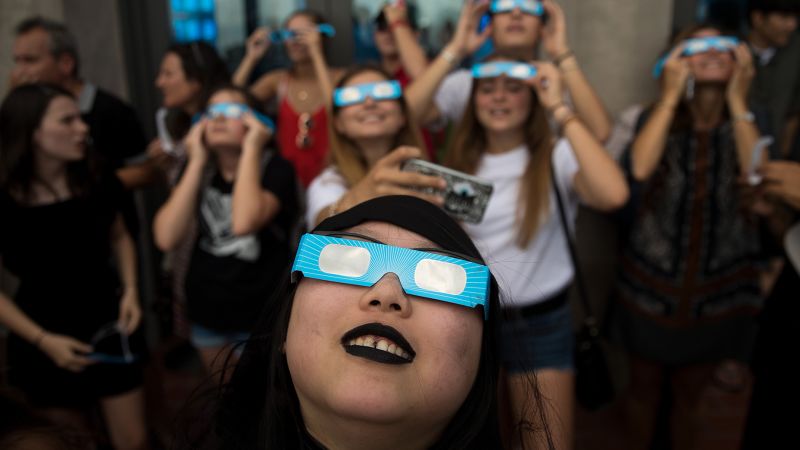As the total solar eclipse, occurring across Mexico, the United States and Canada on April 8, draws near, experts are reminding spectators to grab a pair of eclipse glasses to view the celestial event safely — and to make sure they aren’t fake.
Counterfeit eclipse glasses are “polluting the marketplace,” according to a release shared by the American Astronomical Society, or AAS.
A total solar eclipse occurs when the moon passes between Earth and the sun, completely blocking the sun’s face from view for a few moments. About 32 million people in the US live within the 115-mile-wide (185-kilometer-wide) path of totality, or locations where the moon will appear to completely cover the sun and the lunar shadow falls on the Earth’s surface. People outside the path of totality will still be able to see a partial solar eclipse in which the moon only blocks part of the sun’s face.



thank you
I had working glasses that made the sun look neon green too.
I would still be worried that if you don’t but from a reputable source, the glasses may only block visible light and seem fine when they may not be blocking dangerous UV light.